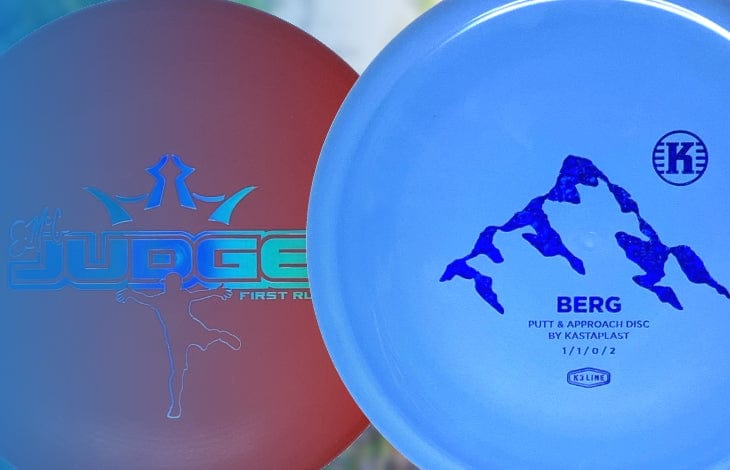
Mastering the Art of Throwing Disc Golf Thumbers
- By Disc Republic
- On Jul 04, 2024
- Comment 0
Disc golf continues to captivate enthusiasts with its blend of strategy, skill, and technique. Among the many throws in a disc golfer's arsenal, the thumber stands out as a versatile and effective option, especially in challenging situations. Whether you're navigating dense foliage or trying to achieve a specific trajectory, mastering the thumber can significantly enhance your game. In this guide, we'll delve into the mechanics, strategies, and tips to help you perfect your thumber throw.
Understanding the Thumber
The thumber is a throwing technique where the disc is held upside-down, with the thumb on the flight plate and fingers supporting the rim. This grip allows for a unique flight path characterized by a sharp, often vertical ascent followed by a controlled descent. It's particularly useful for navigating obstacles such as trees or for executing precise landing zones.
Steps to Throw a Thumber
- Grip: Hold the disc upside-down, with your thumb pressing against the flight plate and your fingers underneath the rim. The grip should feel secure but not overly tight.
- Stance: Adopt a comfortable stance, similar to your regular throwing stance. Ensure your shoulders are aligned with the target and your feet provide a stable base.
- Backswing: Unlike traditional throws, the thumber's backswing may vary. Some prefer a shorter backswing due to the nature of the throw, but experiment to find what works best for you.
- Release: As you bring the disc forward, focus on a smooth release. The thumb should impart a spin as it leaves your hand, influencing the flight path. Aim for a slightly angled release to control the trajectory.
- Follow-Through: After releasing the disc, maintain your follow-through to ensure accuracy and distance. A balanced follow-through helps in stabilizing the flight and controlling the landing.
Tips for Improvement
- Practice Grip: Experiment with the grip to find the optimal balance of stability and comfort. Adjust finger placement and thumb pressure to control the disc's release.
- Start with Lighter Discs: Throwing lighter discs can help you refine your technique without straining your arm. Gradually increase weight as your technique improves.
- Controlled Ascent: Focus on achieving a controlled ascent after release. The thumber typically climbs steeply before descending, making it ideal for clearing obstacles.
- Use in Windy Conditions: Thumbers can be effective in windy conditions where other throws might struggle. The vertical trajectory can minimize wind interference.
- Practice Different Angles: Experiment with different release angles to control the flight path. A sharper angle may provide more distance, while a flatter release might offer better accuracy.
When to Use the Thumber
- Navigating Obstacles: Use the thumber to maneuver around or over obstacles such as trees, bushes, or elevated terrain.
- Creating Controlled Landings: When you need a disc to land softly and stop quickly, the thumber's steep descent can be advantageous.
- Emergency Situations: In challenging scenarios where traditional throws aren't viable, the thumber can offer a reliable alternative.
Conclusion
Mastering the thumber throw in disc golf requires patience, practice, and a willingness to experiment with different techniques. By understanding the mechanics, honing your grip, and practicing various release angles, you can add this versatile throw to your repertoire. Whether you're a beginner or a seasoned player looking to expand your skills, the thumber offers a unique solution to navigate the complexities of the course. Embrace the challenge, refine your technique, and watch as your disc golf game reaches new heights with the thumber throw!












